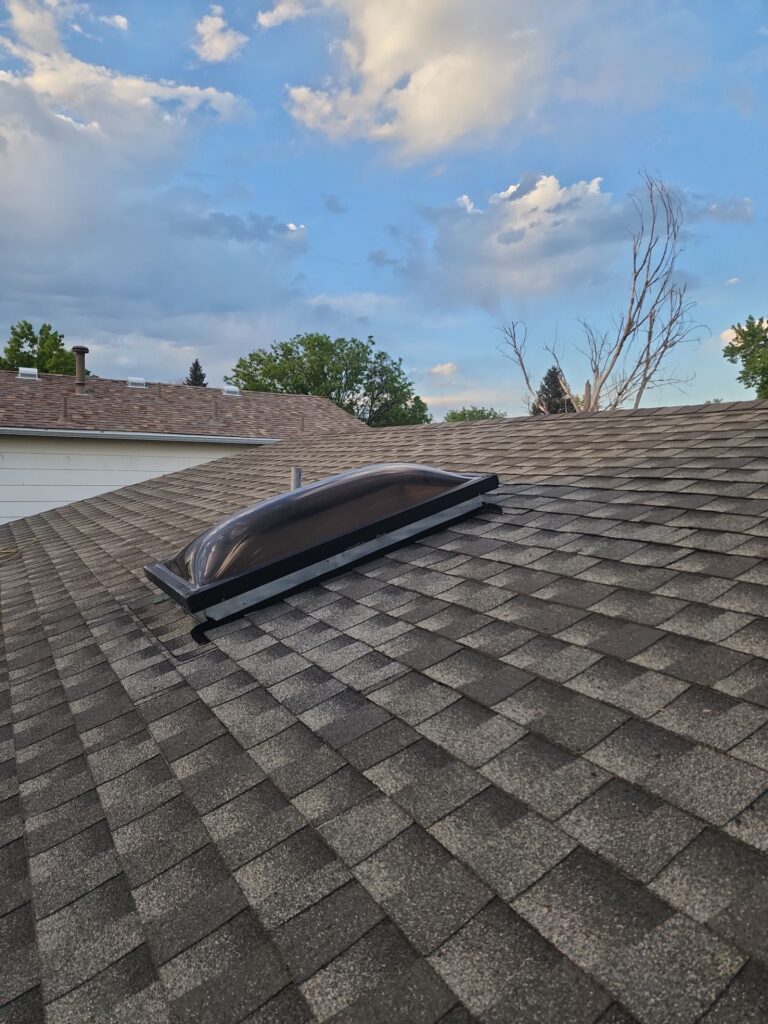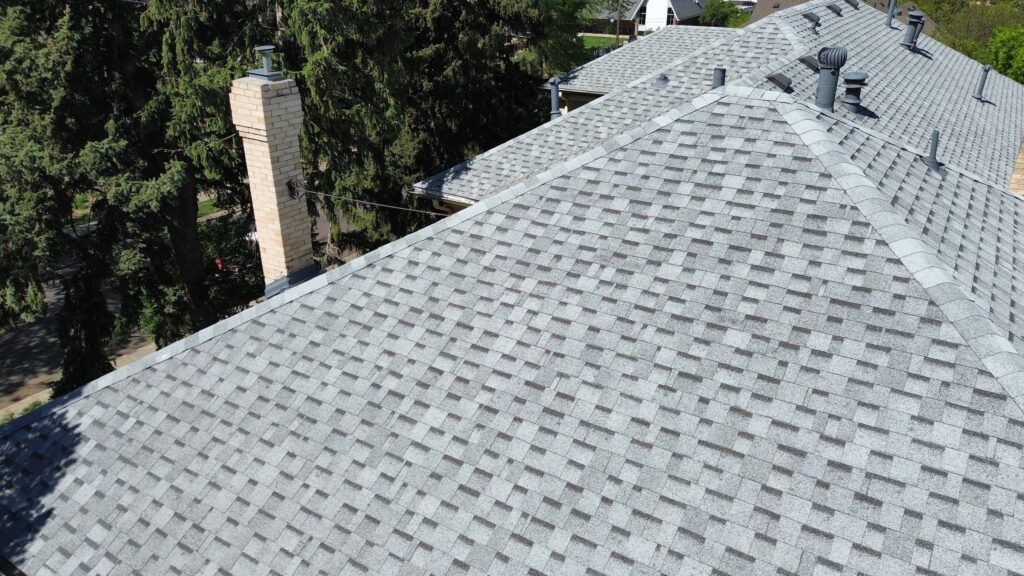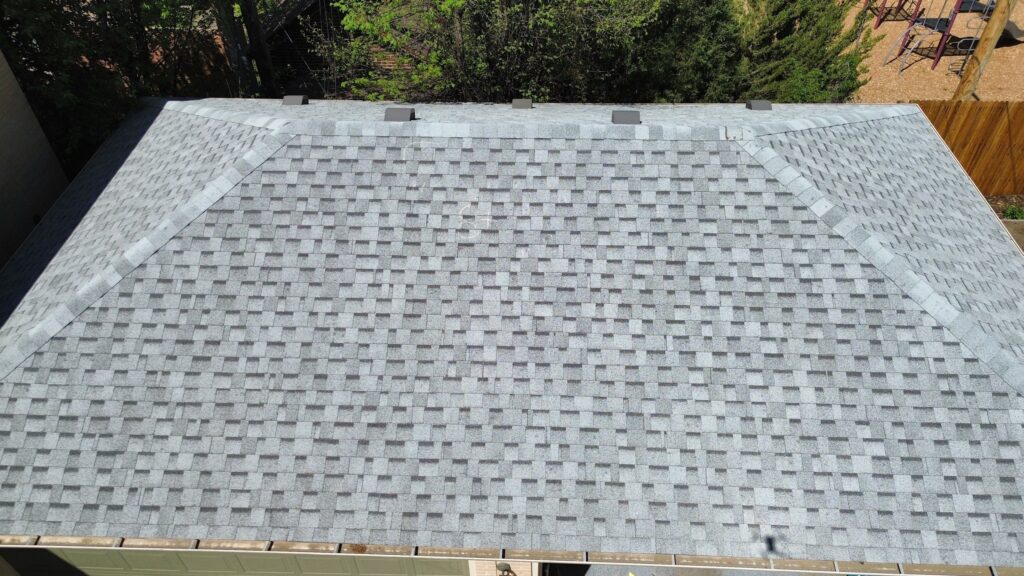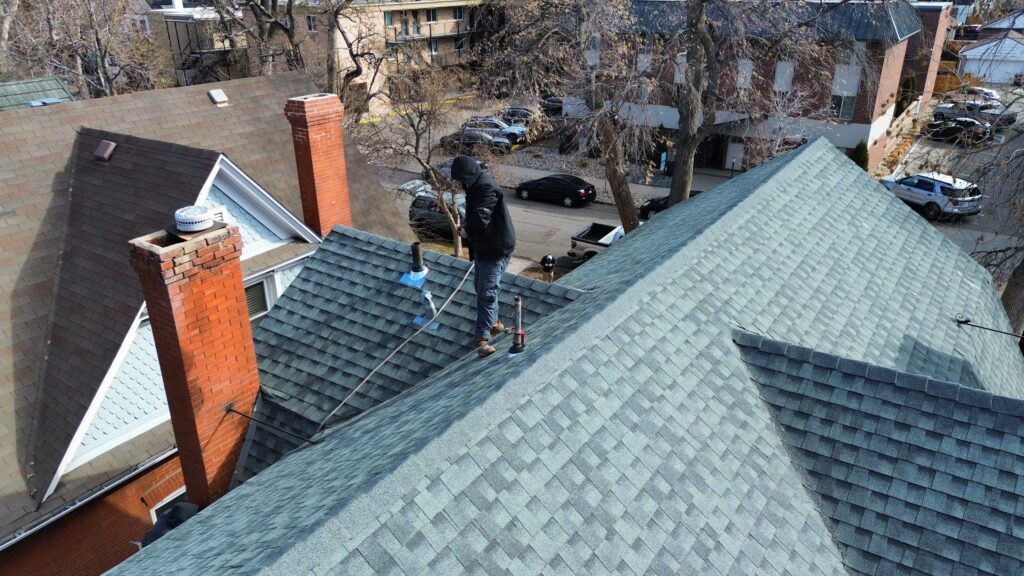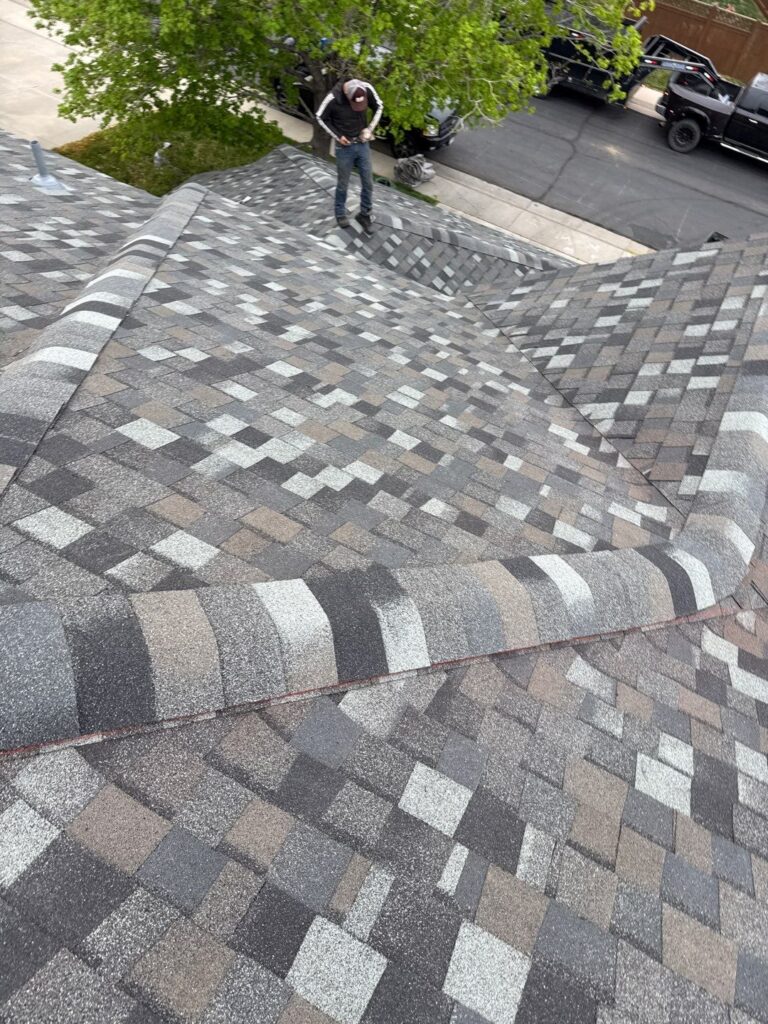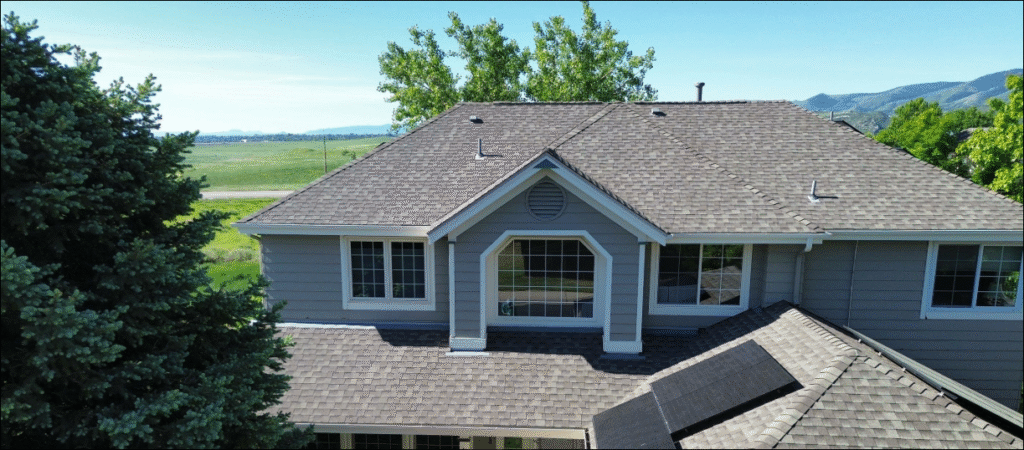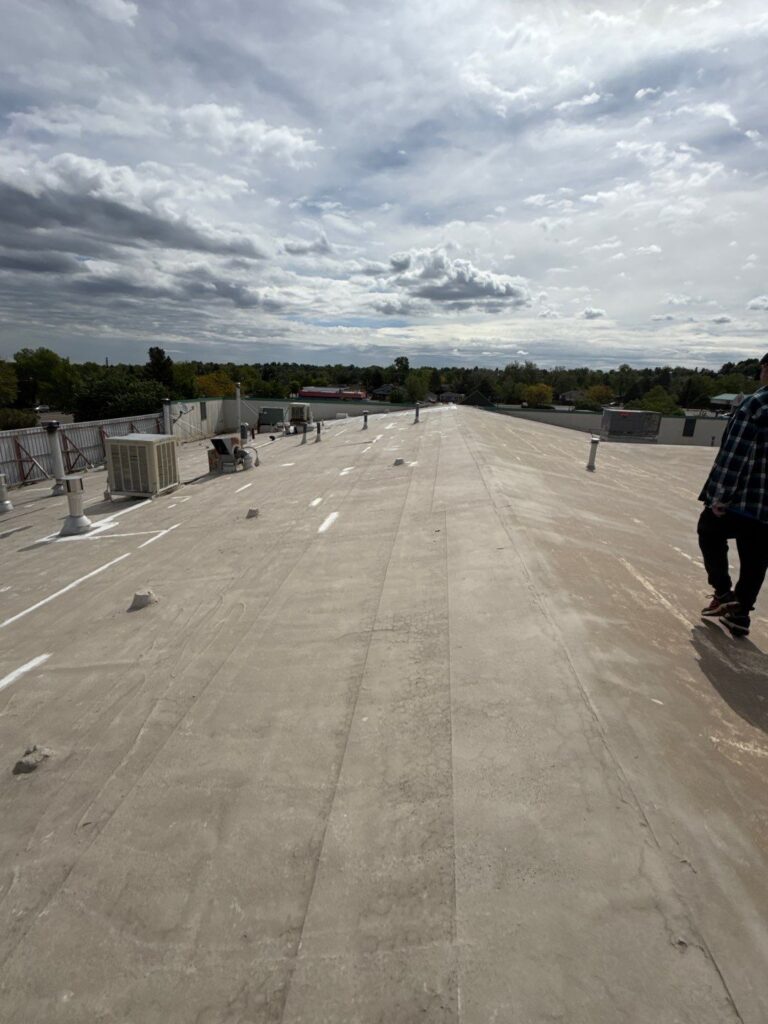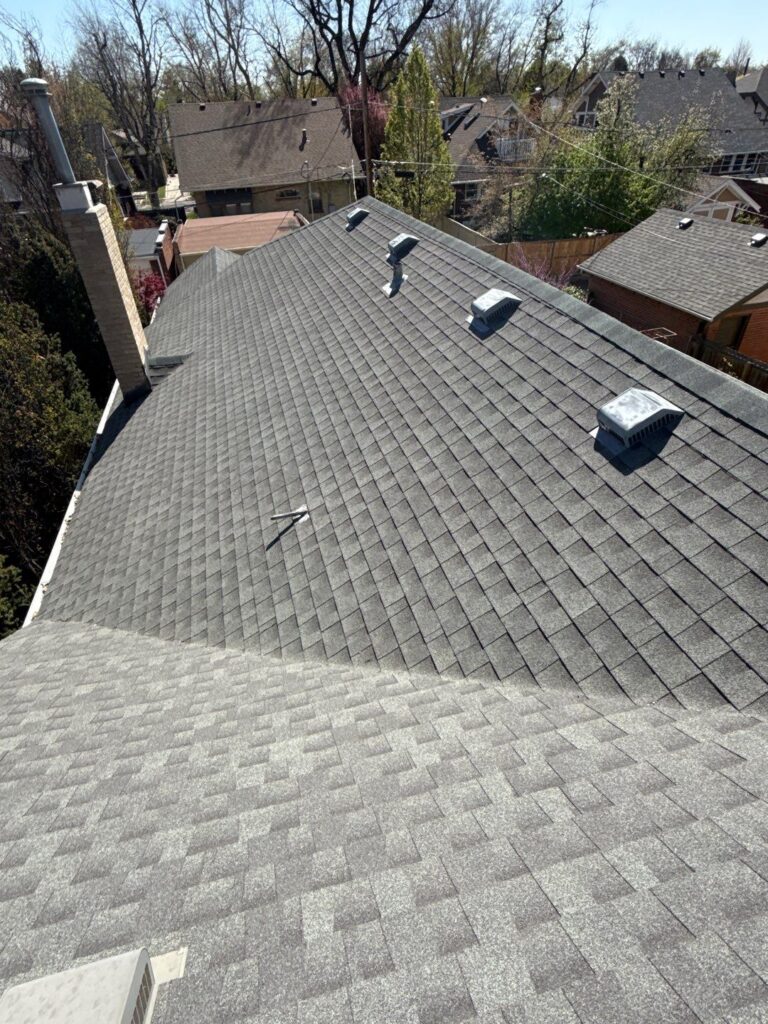Are Roof Repairs from Hail Covered by Your Home Insurance?
Understanding the Impact of Hail on Residential Roofs
In Denver, Colorado, hailstorms can arrive suddenly and leave behind a trail of destruction. Residential roofs are especially vulnerable, with asphalt shingles, wood shakes, and even metal roofing systems suffering significant damage from hailstones as small as a quarter. While some signs like bruised shingles or dislodged granules may appear minor, they often lead to leaks, insulation damage, and structural decay over time.
Homeowners must act quickly when hailstorms hit. A professional roof inspection immediately following a storm helps identify concealed issues before they escalate into costlier repairs.
What Does Homeowners Insurance Typically Cover?
Most standard homeowners insurance policies provide protection against hail-related damage, but the extent of coverage often depends on several factors:
- Policy Type : HO-3 policies, the most common in the U.S., usually cover hail damage unless specifically excluded.
- Deductibles : Many providers apply a separate wind/hail deductible that may be a flat fee or a percentage of the home’s insured value.
- Roof Age and Condition : Older roofs or those lacking proper maintenance may receive limited coverage, or in some cases, only a depreciated payout.
- Material-Specific Coverage : Some insurers impose stricter terms for materials like wood shake or slate, which may require endorsements for full protection.
Always review your policy details annually to stay informed about exclusions, deductible changes, and any endorsement options for full replacement cost.
The Hail Damage Claims Process Explained
If your roof sustains hail damage, prompt action is crucial. Delays may lead to claim denials or greater out-of-pocket costs. Here’s how the claims process generally unfolds:
1. Initial Inspection and Documentation
- Hire a licensed roofer to inspect the entire roofing system, not just visible surface damage.
- Document all evidence , including photos of hailstones, roof debris, water stains inside the home, and any broken or dented exterior fixtures.
2. File the Claim with Your Insurer
- Contact your insurance company through their claims portal or hotline.
- Submit your documentation and schedule an appointment with the claims adjuster.
3. Meet the Adjuster On-Site
- It’s advisable to have your roofer present during the adjuster’s visit to ensure a thorough evaluation and prevent underestimation of damages.
4. Receive and Review the Settlement Offer
- The insurer will provide a repair estimate based on their findings.
- Compare this with your roofer’s bid to ensure fair compensation. If there are discrepancies, you can request a second inspection or appeal the claim.
5. Schedule the Roof Repair or Replacement
- Once the claim is approved, move forward with a qualified roofing contractor. Timely repair is essential to prevent secondary damage and protect your home’s structural integrity.
Choosing a Qualified Denver Roofing Contractor
The success of your insurance-funded roof repair largely depends on the contractor you choose. Seek out professionals who specialize in hail damage restoration and offer:
- Proven experience with roof repair in Denver, CO
- Strong reviews and references from past clients
- Proper licensing and liability insurance
- Detailed estimates with no hidden fees
- Manufacturer and workmanship warranties
Choosing an established Denver roofing company ensures both compliance with local codes and superior craftsmanship. One such example is Tried and True Roofing, a trusted name in roofing services in Denver, Colorado , known for integrity, reliability, and high-quality installations.
How to Maximize Your Roof Insurance Claim
Navigating an insurance claim can be complex. Homeowners can maximize their reimbursement by:
- Keeping meticulous maintenance records
- Obtaining multiple repair estimates
- Knowing your roof’s replacement cost vs. actual cash value
- Upgrading to impact-resistant shingles for future discounts
- Consulting a public adjuster for large or denied claims
Insurers tend to scrutinize claims more rigorously in regions with frequent hail activity. Demonstrating proactive maintenance and providing detailed damage evidence strengthens your case considerably.
Preventing Future Hail Damage
While hail is unpredictable, preventive measures can protect your property:
- Install Class 4 impact-resistant roofing materials
- Add a secondary water barrier beneath shingles
- Perform annual roofing inspections and maintenance
- Trim overhanging trees that can break and damage roofing during storms
Upgrading your roofing materials may qualify you for premium reductions with some insurers, in addition to providing peace of mind during Colorado’s volatile storm seasons.
Conclusion
Hail damage to your roof can result in costly repairs, but with the right knowledge and preparation, your homeowners insurance can provide the financial support needed to recover quickly. From understanding your policy terms to working with experienced roofing contractors in Denver , each step is critical in securing both your home and your investment. By partnering with a reliable roofing company in Denver and acting swiftly after a storm, you protect your property and ensure long-term resilience against Colorado’s ever-changing weather.
Are Roof Repairs from Hail Covered by Your Home Insurance? Read More »




